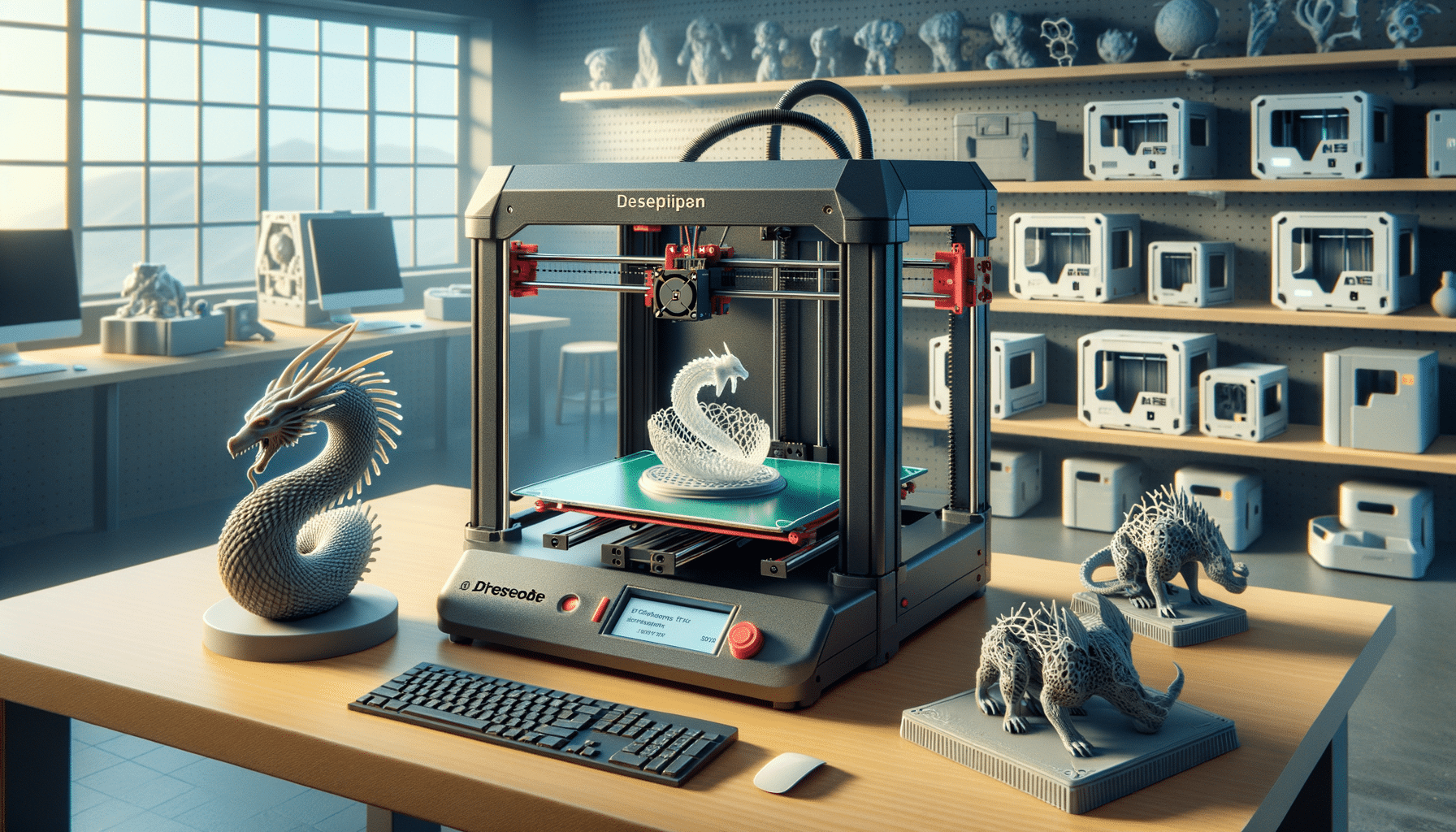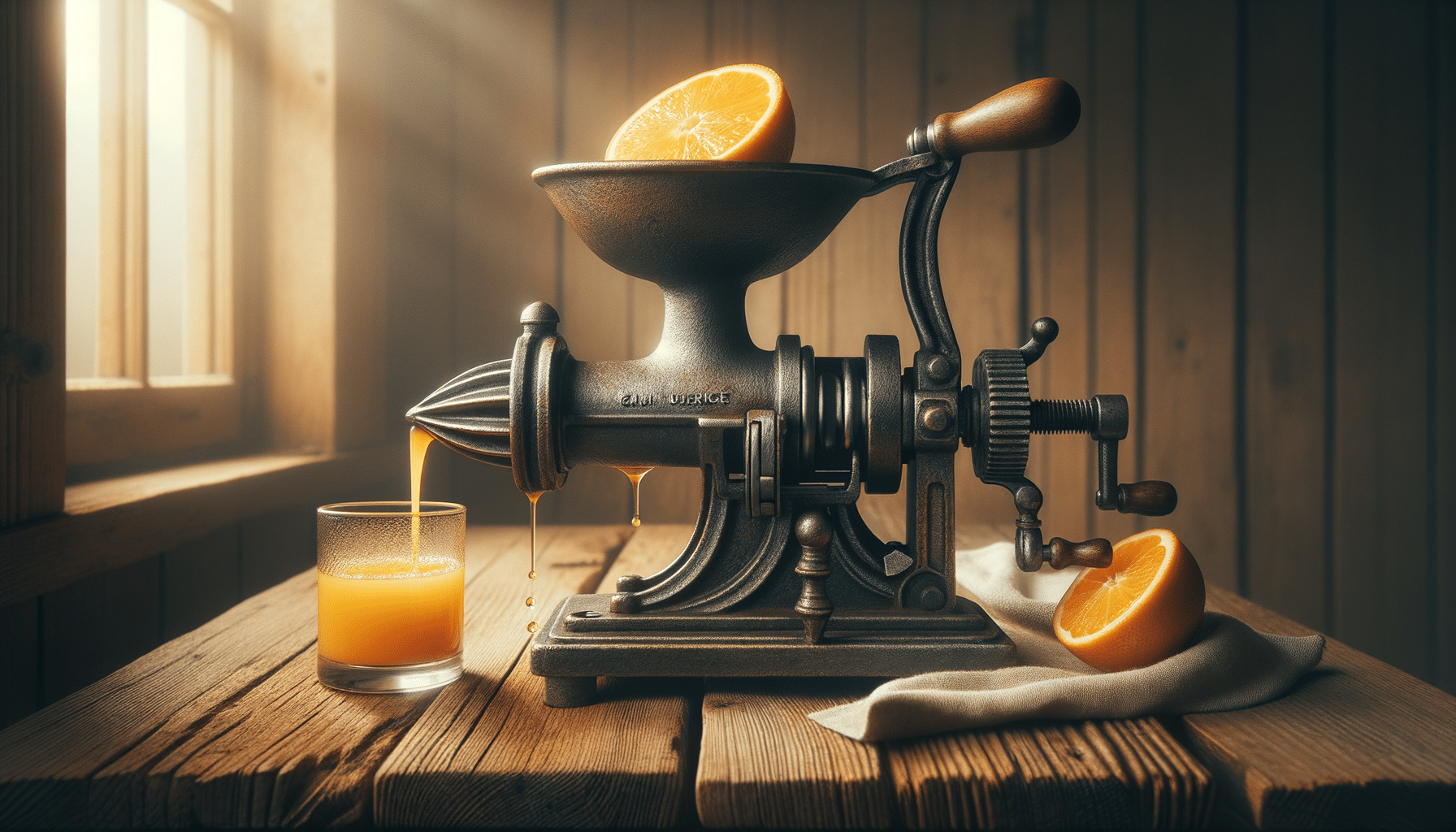
3D Printers for Home Use: Exploring Compact, Resin, and Used Options
Understanding 3D Printers for Home Use
As technology advances, 3D printers have become more affordable and accessible, making them a viable option for home use. These devices allow users to create everything from simple models to intricate designs, offering endless possibilities for creativity and innovation. When considering a 3D printer for home use, it’s important to understand the different types available and their unique benefits.
Home 3D printers generally fall into two categories: Fused Deposition Modeling (FDM) and Stereolithography (SLA). FDM printers are widely used due to their affordability and ease of use, making them ideal for beginners. They work by extruding plastic filament through a heated nozzle, building the object layer by layer. On the other hand, SLA printers use a laser to cure liquid resin into solid objects, offering higher precision and smoother finishes, which is perfect for intricate designs.
When choosing a 3D printer for home use, consider factors such as build volume, print speed, and material compatibility. Many models are designed to fit comfortably on a desktop, making them suitable for small spaces. Additionally, look for printers that offer user-friendly interfaces and reliable customer support to ensure a smooth printing experience.
The Allure of Resin 3D Printers
Resin 3D printers, often associated with SLA technology, are renowned for their ability to produce high-quality, detailed prints. These printers are particularly popular among hobbyists and professionals who require precision and fine detailing in their projects. Resin printers use a liquid photopolymer resin that is cured using a UV light source, creating exceptionally smooth surfaces and intricate details that are difficult to achieve with other types of 3D printers.
One of the primary advantages of resin 3D printers is their ability to create highly detailed and intricate designs, making them suitable for applications such as jewelry making, dental models, and miniature figurines. The resin used in these printers comes in various formulations, allowing for different properties such as flexibility, toughness, and color.
However, it’s important to note that resin printing can be more complex and requires careful handling of the materials. The resin is often toxic and requires proper ventilation and protective gear during use. Additionally, post-processing steps such as washing and curing are necessary to achieve the final product. Despite these challenges, the exceptional quality of prints makes resin 3D printers a compelling choice for those who prioritize detail and precision.
Exploring Used 3D Printers for Sale
For those looking to enter the world of 3D printing without a significant upfront investment, purchasing a used 3D printer can be an excellent option. The market for used 3D printers is growing, offering a range of models at reduced prices. This approach allows beginners to experiment with 3D printing technology without the commitment of a brand-new machine.
When considering a used 3D printer, it’s essential to conduct thorough research to ensure the machine’s condition and functionality. Look for reputable sellers who provide detailed information about the printer’s history, usage, and maintenance. It’s also beneficial to ask for a demonstration or test print to verify the printer’s performance.
Purchasing a used 3D printer can come with certain risks, such as potential wear and tear or outdated technology. However, it can also offer significant savings and the opportunity to learn about 3D printing at a lower cost. Be sure to check for available support and resources, such as online communities and forums, where you can seek advice and troubleshooting tips from experienced users.


